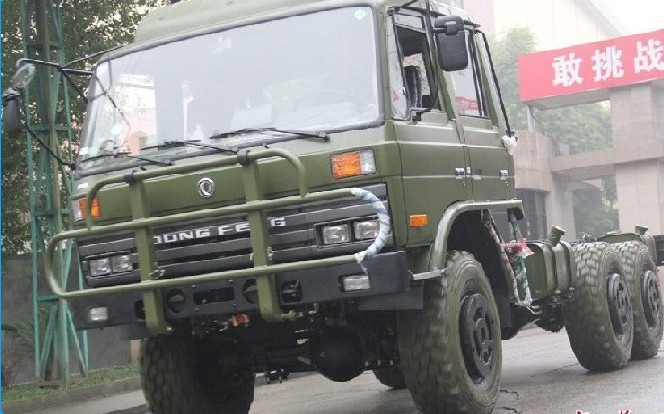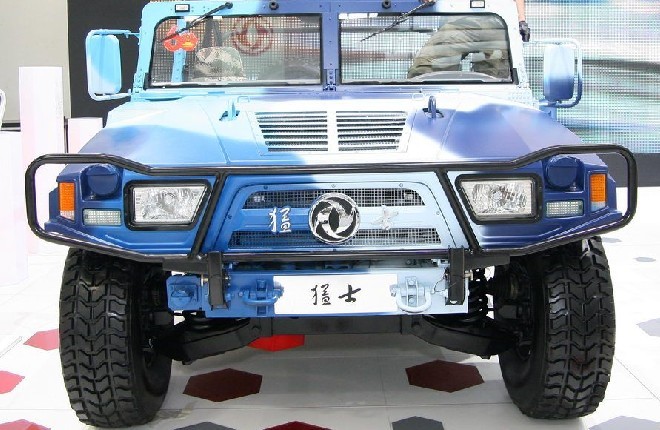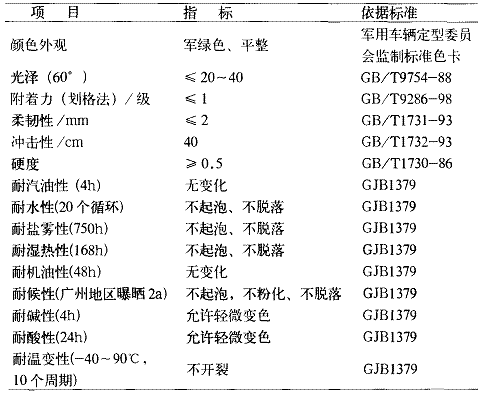Chinese military automotive paint coating standards, main technical indicators and their implementation
Military automobile coatings are coating materials that are usually painted on military vehicles (except for wartime camouflage colors) to protect, decorate, and camouflage military vehicles. Military vehicles are responsible for combat and various safeguard tasks and are an important component of our military's combat effectiveness. Home Elevator,Passenger Lift Yineng Elevator Co., Ltd. , http://www.realever-elevator.com
China has a vast territory. Military vehicles must adapt to the requirements of different geography, climate and environment conditions in the country, such as: different geographical conditions such as: the South, the North, the plateau, the desert, the island, etc.; many of the troops' vehicles are stored in the open air, cold, high and low temperatures and climates. The conditions vary greatly, especially in the hot and humid areas in the south and coastal islands suffered from the sun, wind, and rain all the year round; sand, salt spray and other chemically corrosive environments invade the coating; poor driving conditions make the vehicle paint coating fall off, steel plate Corrosion and so on.
Therefore, strict requirements have been put forward for paint coatings for military vehicles. With the advancement and development of military vehicle technology, the importance of military automotive coatings has become more pronounced and their performance requirements have become increasingly stringent. 
Military automotive coating standards and implementation
(a) paint standard basis
Automotive paint is a kind of industrial paint with high technical content and added value. It represents the technical level of a national paint industry. The presence of the global paint companies has brought vitality and challenges to the automotive coatings industry in China. With the development of China's automotive coating technology, military automotive coatings have also been improved: from the alkyd paint of the 1960s to the current international advanced automotive coatings such as acrylic urethanes, acrylamides, etc.; service life from 2-3 a Increased to more than 10 years.
The repair coating was developed from nitro paint and alkyd paint to the current acrylic polyurethane paint. National Military Standard GJB1379-1992 "Military Car Color and Coating" is a reference to the US military standard MIL-C-46168D "aliphatic polyurethane paint chemical resistance" and China's automotive industry standard JB/Z111-86 "automotive paint coating "And combined with the actual formulation of troops. The standard stipulates the color and luster of military automobile topcoats, and lays down the technical requirements for the coating of different parts of military vehicles. This standard is matched with the Military Vehicle Topcoat Color Standard Swatches (abbreviated as color standards) produced by the Military Vehicles Steering Committee. use. The light color scale is used for riding vehicles, and the semi-color color scale is used for command vehicles, tractors, trucks, special vehicles, motorcycles and shelters. The formulation of the standard laid the foundation for unifying the color and luster of the topcoat of military vehicles in China and ensuring the quality of the coating.
(II) Main Specifications of Coating Standards
In the standard, firstly, the adhesion of the coating is required to be stronger; secondly, the general technical performance of the coating is better, such as hardness, flexibility, and impact strength; and thirdly, the performance of gasoline, engine oil, water resistance, acid, and alkali must be guaranteed; in addition, the high temperature ( For the 90 °C) low temperature (-40 °C) test to pass, it should be emphasized that the technical requirements of the salt spray resistance of the coating are required to reach 750 h. This is to ensure that the military vehicle can achieve 10 a perforation-free performance; this requires the use of The key is to use cathodic electrophoretic primers, besides high quality steel plates and strict surface treatments.
Cathodic electrophoresis primer is the primer commonly used in the developed countries. Its salt spray resistance can reach this point in order to ensure the corrosion resistance and salt spray resistance of military vehicles. At the same time, it pays attention to every aspect of the topcoat supporting system. No coating is needed between the topcoat and the primer of the military vehicle. The adhesion between the topcoat and the cathodic electrophoretic primer is the key. This has been studied and solved. The problem is to achieve salt spray resistance up to 750h. This ensures that the coating is resistant to salt spray and corrosion and is synchronized with the technology of developed countries.
Another important indicator is the weather resistance of the paint: It is required that 2 a of natural exposure in Guangzhou area is not blistering, chalking or cracking to ensure that the coating of military vehicles plays a proper protective role. This requirement and the US military The standard for military vehicles is comparable. For this reason, they must be based on resins with excellent weatherability, and they must be made with great efforts to be achieved by high-tech processes. In addition, the outer surface of the chassis, engine fenders, etc., should be sprayed with stone-resistant paint. The paint can withstand the impact of sand and stones at high speeds and the corrosion of salt in winter.
(III) Implementation of Standards
techinque level
GJB1379 “Color and Coatings for Military Vehicles†was formulated in the early 1990s. Given the weak technical level of China's matt coatings, it was temporarily stipulated as a semi-gloss paint. With the efforts made by military representatives of the garrison truck production plants and the vast number of paint and coating technicians to implement and implement the national military standard in a conscientious manner, the coating performance of military vehicles continues to increase. The user unit once compared and tested the solvent-based baked military vehicle military green half-light paint with the world-renowned paint company's similar products according to the national military standard. More than a dozen technical performances are almost equivalent, and the military paints 2-3 items are even slightly higher. In it, but the price is only 1/2 of it, which shows the reliable foundation of military automotive coating technology and the world's advanced countries.
Painting level needs to be improved
The excellent coating not only depends on the coating performance, but also has the standard coating technology and perfect quality supervision. Painters, technicians, and quality inspectors in advanced countries must go through the study of professional knowledge and training in professional skills before taking up jobs. Coating constructors in our country must also learn the experience of painting in advanced countries.
In China, FAW, Dongfeng, CNHTC, Shaanxi Automobile and other military vehicle coating production plants have advanced large-scale automatic production lines and sound quality inspection (paint and production process) institutions, and have a high level of professional and technical personnel, construction workers And quality inspection personnel, a considerable number of other production plants are implementing complete and standardized production processes and tooling equipment and perfect quality inspection methods. A large number of military vehicles are produced by vehicle modification factories all over the country. Improvements in coating technology and quality inspections need to be made to ensure that military vehicle coating quality is implemented according to the requirements of the National Military Standard. 
Military Automotive Coating Standards Need Improvement and Improvement
(1) Semi-light becomes no light
In order to further improve the technical level of protection and camouflage of military vehicles, the current situation in which the use of semi-optical military green paint in military vehicles of our army has caused poor protection and camouflage has been changed, and efforts have been made to synchronize with the development of international military vehicle protection and camouflage technology, as specified by GJB1379. The semi-optical military green has become a lightless military green.
(2) Improve the specification of coating
The US military standard MIL-STD-1223V "non-tactical wheeled vehicle handling, painting, rust prevention, identification, signage, and data, signage standards" is very detailed in the coating process, from the surface treatment of the steel plate, phosphating, the bottom Paints, etc., to each stage of painting, each process, the implementation of paint types, etc. have detailed provisions, so that quality inspection personnel can master every procedure to avoid the randomness of painting construction and quality inspection work. To ensure the performance of the coating performance indicators. GJB1379 "Color and Coatings for Military Vehicles" has clear specifications for the performance of the coating. Standards should be formulated or supplemented in the existing standards for the coating process, construction details, paint types, etc. to prevent the occurrence of the same color and different quality conditions. .
Through the analysis of the military automobile coating standards and implementation of our military, and drawing on the advanced experience of domestic and foreign military vehicle coatings and paintings, we further improved the level of military vehicle protection and camouflage technology; at the same time, we strengthened the supervision and inspection of standards implementation. To improve the coating standards for military vehicles, the concept of modern painting that integrates painting and painting is reflected. 